Home>Garden Essentials>How Long Does It Take For Plumeria To Germinate
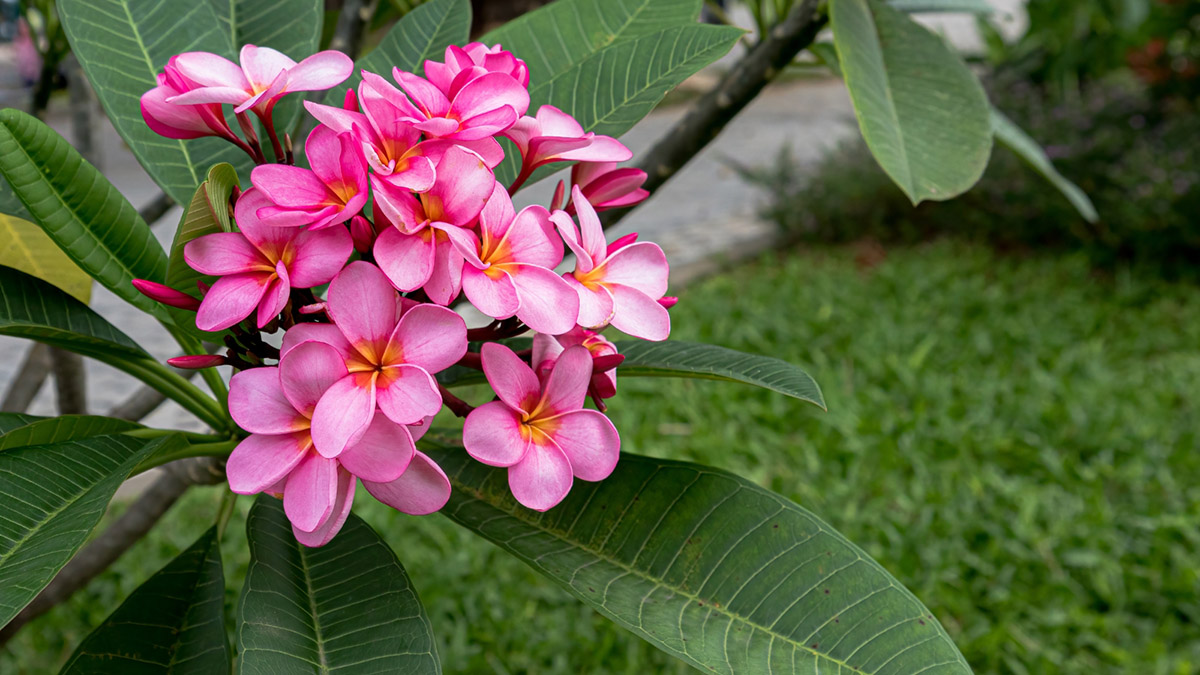

Garden Essentials
How Long Does It Take For Plumeria To Germinate
Modified: March 15, 2024
Learn how long it takes for plumeria seeds to germinate in your garden and start growing beautiful flowers with our expert gardening tips.
(Many of the links in this article redirect to a specific reviewed product. Your purchase of these products through affiliate links helps to generate commission for Storables.com, at no extra cost. Learn more)
Introduction
Welcome to the wonderful world of gardening, where beauty blossoms from the seed to the stem. If you’re a gardening enthusiast, chances are you’ve come across the magnificent plumeria, also known as frangipani. Plumeria plants are renowned for their vibrant flowers, intoxicating fragrance, and tropical charm, making them a popular choice for gardens and landscapes around the world.
One of the most exciting aspects of gardening is watching plants grow from tiny seeds into full-fledged beauties. Plumerias, however, present a particular challenge when it comes to germination. Many gardeners wonder: how long does it take for plumeria to germinate?
In this article, we will explore the journey of plumeria germination, from understanding the factors that affect the germination time to tips for successfully growing your plumeria seeds into thriving plants. So, if you’re ready to embark on an adventure of plant propagation and witness the magic of plumeria germination, let’s dive in!
Key Takeaways:
- Plumeria seeds need warmth, moisture, and scarification to germinate. Patience and care are key as germination times can vary for different varieties.
- To successfully germinate plumeria seeds, source fresh seeds, control moisture, provide warmth, and troubleshoot issues like slow germination or mold growth.
Read more: How Long Does It Take Millet To Germinate
Understanding Plumeria Germination
Before we delve into the specifics of plumeria germination, it’s essential to understand the basics of how seeds germinate. Germination is the process in which a seed develops into a new plant. It initiates when the right conditions, such as moisture, warmth, and oxygen, are provided to the seed.
Plumeria seeds are unique in their structure and characteristics. They are relatively large, light brown, and possess a hard, outer shell or seed coat. This seed coat protects the embryo inside and acts as a barrier, preventing water absorption and controlling the release of necessary nutrients.
Plumeria seeds have a dormant period, during which they need specific conditions to break dormancy and begin the germination process. These conditions include a warm and moist environment, accompanied by adequate oxygen levels. Additionally, plumeria seeds benefit from scarification, which is a process of breaking or weakening the hard seed coat to enhance water absorption.
Once the dormancy of plumeria seeds is broken, they enter the process of germination. The seed coat softens, allowing water to penetrate the seed and trigger metabolic activities. Inside the seed, cells divide and elongate, leading to the emergence of the root, stem, and eventually, the first set of leaves.
It’s important to note that plumeria seeds have different germination periods for different varieties and cultivars. Some plumerias may germinate within weeks, while others may take several months. Understanding these variations will help you manage your expectations and provide the necessary care during the germination process.
Factors Affecting Plumeria Germination Time
Several factors can influence the germination time of plumeria seeds. By understanding these factors, you can set the right conditions for your seeds and optimize the germination process. Here are some key factors to consider:
- Seed Quality: The quality of the plumeria seeds plays a crucial role in germination time. Fresh, viable seeds tend to germinate faster compared to old or damaged seeds. It’s recommended to acquire plumeria seeds from reputable sources to ensure their viability.
- Storage Conditions: Improper storage can affect seed viability and germination rates. Plumeria seeds should be stored in a cool, dry, and dark place to maintain their viability. Avoid exposing them to excessive moisture or extreme temperature fluctuations.
- Temperature: Plumeria seeds require a warm environment to break their dormancy and initiate germination. Optimal temperatures for germination range between 70 to 80 degrees Fahrenheit (21 to 27 degrees Celsius). Cooling temperatures may delay or inhibit germination.
- Moisture: Adequate moisture is essential for plumeria seed germination. However, excess moisture can lead to rotting or fungal issues. It’s recommended to provide consistent but not excessive moisture during the germination process.
- Scarification: Plumeria seeds have a hard seed coat that can inhibit water absorption. Scarification, which involves nicking or scratching the seed coat, helps water penetrate the seed more easily. This process can potentially speed up germination and improve overall success rates.
- Light: Plumeria seeds do not require light for germination; in fact, they prefer darkness. Exposing plumeria seeds to direct sunlight or excessive light may hinder the germination process. It’s best to keep them in a dark environment during germination.
It’s important to note that while these factors can affect plumeria germination time, each seed is unique, and variations are expected. Patience and consistent care are key during the germination process. By providing optimal conditions and closely monitoring the seeds’ progress, you’ll increase your chances of successful plumeria germination.
The Germination Process of Plumeria
The germination process of plumeria seeds is a fascinating journey that leads to the birth of new plants. Let’s take a closer look at the different stages involved:
- Seed Preparation: Before you start the germination process, it’s crucial to prepare the plumeria seeds. Begin by selecting fresh, viable seeds. If your seeds have a hard seed coat, consider scarification by gently nicking or filing the seed coat, which will help water penetrate the seed more easily.
- Moisture Activation: Moisture is a key ingredient for seed germination. Start by soaking the plumeria seeds in a container filled with warm water for 24 to 48 hours. This process helps activate the seed’s metabolic activities and signals the beginning of the germination process.
- Planting Medium: Plumeria seeds require a well-draining soil mix for germination. Prepare a pot or tray with a mixture of equal parts perlite and well-draining potting soil. Fill the container and lightly press the soil surface to provide a firm planting base for the seeds.
- Planting the Seeds: Gently place the soaked plumeria seeds on top of the soil mix. Ensure they are spaced apart, allowing room for growth. Avoid burying the seeds too deep as plumeria seeds require light for germination.
- Moisture and Warmth: After planting, mist the soil lightly to ensure it remains moist but not soaking wet. Cover the container with a plastic wrap or a transparent lid to create a mini greenhouse effect. This helps retain moisture and creates a warm environment for the seeds.
- Temperature: Place the container in a warm location, such as a heated greenhouse or on top of a heating mat. The optimal germination temperature for plumeria seeds is between 70 to 80 degrees Fahrenheit (21 to 27 degrees Celsius).
- Germination and Growth: Over the course of a few weeks or months, you will begin to see signs of germination. The first indication is the emergence of a tiny, white root, followed by the appearance of a stem and the unfurling of the first set of leaves. As the plant grows, it will develop a stronger root system and more leaves.
Throughout the germination process, it’s crucial to monitor the moisture levels and maintain a warm environment. Avoid overwatering, as it can lead to rotting or fungal issues. Once the plumeria seedlings have established a few sets of leaves, they can be transplanted into individual pots and provided with proper care to ensure healthy growth.
The germination process requires patience and dedication, but it is immensely rewarding to witness the transformation of a tiny seed into a beautiful plumeria plant. Enjoy the journey and celebrate each milestone in your plumeria germination experience!
Plumeria seeds can take anywhere from 1-3 weeks to germinate. To speed up the process, soak the seeds in warm water for 24 hours before planting. Keep the soil consistently moist and provide warmth for best results.
Tips for Successfully Germinating Plumeria Seeds
Germinating plumeria seeds can be a rewarding yet challenging process. To improve your chances of success, here are some tips to help you along the way:
- Source Fresh Seeds: Obtain fresh, high-quality plumeria seeds from reputable sources. Fresh seeds have higher viability and are more likely to germinate successfully.
- Scarification: Consider scarifying the hard seed coat of plumeria seeds to enhance water absorption. Gently nick or file the seed coat before germination to facilitate the entry of moisture.
- Moisture Control: Provide consistent moisture during the germination process. Mist the soil lightly to keep it moist but avoid overwatering, as it can lead to complications like rotting or fungal diseases.
- Warmth is Key: Plumeria seeds require a warm environment to break dormancy and initiate germination. Maintain temperatures between 70 to 80 degrees Fahrenheit (21 to 27 degrees Celsius) throughout the germination process.
- Optimize Soil Mix: Use a well-draining soil mix for planting plumeria seeds. Consider a mix of equal parts perlite and well-draining potting soil to provide a suitable environment for the seeds to grow.
- Light Exposure: While plumeria seeds don’t require direct light for germination, they prefer darkness during the initial stages. Keep the germinating container in a dark area and ensure it receives indirect light once seedlings start to emerge.
- Patience and Observation: Germination times can vary for different plumeria varieties and cultivars. Be patient and closely observe the progress of your seeds. It may take several weeks or even months for seeds to sprout.
- Transplanting Seedlings: Once your plumeria seedlings have established a few sets of leaves, carefully transplant them into individual pots with well-draining soil. Handle the seedlings delicately to prevent damage to roots and young shoots.
- Provide Adequate Light and Water: After transplanting, place the plumeria seedlings in a bright location where they can receive at least 6-8 hours of sunlight per day. Water the seedlings regularly, ensuring the soil is evenly moist but avoiding waterlogging.
- Stay Informed: Continue to expand your knowledge about plumeria germination. Join gardening forums, engage with other enthusiasts, and seek advice from experienced gardeners to enhance your understanding and skills.
With proper care, patience, and attention to detail, you can increase your chances of successfully germinating plumeria seeds. Remember to enjoy the journey and celebrate each milestone as your plumeria seedlings emerge and grow into beautiful plants.
Read more: How Long Does It Take Sorghum To Germinate
Common Challenges in Plumeria Germination
While germinating plumeria seeds can be an exciting process, it is not without its challenges. Here are some of the common challenges gardeners may encounter when germinating plumeria seeds:
- Low Seed Viability: Plumeria seeds have a limited shelf life, and their viability decreases over time. Old or improperly stored seeds may have a lower germination rate, making it more challenging to achieve successful germination.
- Seed Coat Hardness: The hard seed coat of plumeria seeds can pose a barrier to moisture absorption. If not properly scarified or provided with suitable conditions, the seeds may struggle to germinate or experience delayed germination.
- Inconsistent Moisture: Maintaining proper moisture levels can be tricky. Overwatering can lead to rotting or fungus issues, while under-watering can hinder germination. Striking the right balance is essential for seedling development.
- Inadequate Temperature: Plumeria seeds require warm temperatures to break dormancy and trigger germination. If the temperature is too low or fluctuates drastically, the germination process may be delayed or compromised.
- Pest and Disease Damage: Plumeria seeds and seedlings are vulnerable to pest infestations and diseases. Common pests include aphids, mealybugs, and spider mites, while fungal diseases like damping-off can affect seedling health. Implement preventive measures to protect your plumeria seeds and seedlings.
- Slow Germination: Plumeria seeds have different germination periods for different varieties and cultivars. Some may take weeks, while others may take several months to sprout. Slow germination can test a gardener’s patience, but it’s essential to provide consistent care and wait for the seeds to develop.
- Environmental Challenges: External factors such as extreme weather conditions, poor ventilation, or inadequate lighting can affect plumeria germination. Be mindful of the germination environment and make necessary adjustments to ensure optimal conditions for seedling development.
- Seedling Transplant Shock: When transplanting plumeria seedlings into individual pots, they may experience transplant shock. This can result in wilting, leaf drop, or stunted growth. Handle seedlings with care, provide appropriate post-transplant care, and monitor their progress closely.
- Non-germination: Despite your best efforts, some plumeria seeds may fail to germinate. The reasons could range from low seed viability to unfavorable conditions. It’s important not to get discouraged and to learn from the experience for future germination attempts.
Overcoming these common challenges requires patience, vigilance, and a thorough understanding of plumeria seed germination. By staying informed, providing optimal conditions, and monitoring your seedlings closely, you’ll increase your chances of successful plumeria germination.
Troubleshooting Plumeria Germination Issues
When germinating plumeria seeds, you may encounter certain issues that can hinder the germination process. Here are some common problems and troubleshooting tips to help you overcome them:
- Slow or No Germination: If your plumeria seeds are not germinating or germinating slowly, check the temperature and moisture levels. Ensure that the temperature remains within the optimal range of 70 to 80 degrees Fahrenheit (21 to 27 degrees Celsius) and that the soil is moist but not waterlogged.
- Mold or Fungus Growth: Excessive moisture or poor ventilation can lead to mold or fungal growth. To address this issue, reduce moisture levels by adjusting watering frequency and improve air circulation around the germinating seeds. Consider using a fan or opening vents to prevent the buildup of humidity.
- Damaged or Rotting Seeds: If you notice damaged or rotting seeds, it may be a sign of overwatering or insufficient drainage. Adjust your watering practices and ensure that the soil mixture is well-draining. Avoid overcrowding seeds, as it can lead to increased moisture retention and promote rotting.
- Seed Coat Hardness: Plumeria seeds with hard seed coats may struggle to absorb water, delaying germination. Ensure that you properly scarify the seeds by nicking or filing the seed coat before germination. This process facilitates water penetration and promotes successful germination.
- Excessive Pest Infestation: If you notice pests like aphids or mealybugs on your plumeria seedlings, promptly take action to control them. Use organic insecticides or natural pest control methods to protect your plants. Regularly inspect the seedlings, leaves, and soil for signs of pests and take appropriate measures to address the issue.
- Wilting or Stunted Seedlings: Seedling wilting or stunted growth may indicate transplant shock or inadequate care. Ensure that you handle seedlings with care during transplantation and provide them with suitable growing conditions, including the right amount of sunlight, water, and nutrients. Monitor the seedlings closely and adjust care practices as needed.
- Lack of Seed Viability: If the plumeria seeds fail to germinate despite providing optimal conditions, it could be due to low seed viability. To increase your chances of success, acquire fresh, high-quality seeds from reputable sources. Store seeds properly in a cool, dry place to maintain their viability.
If you encounter any challenges during the plumeria germination process, don’t get discouraged. Learn from each experience, make adjustments, and keep experimenting. Gardening is an ongoing learning process, and with time and practice, you’ll increase your expertise in germinating plumeria seeds.
Conclusion
Germinating plumeria seeds is a thrilling endeavor that allows you to witness the magic of new life sprouting from tiny seeds. While it may present challenges along the way, with proper knowledge, care, and a bit of patience, you can successfully germinate plumeria seeds and enjoy the beauty of these tropical plants.
Understanding the factors that affect plumeria germination time, such as seed quality, storage conditions, temperature, moisture, scarification, and light exposure, is crucial for optimizing the germination process. Providing the right conditions and maintaining consistent care are key elements in promoting successful germination.
During the germination process, be aware of the potential challenges that may arise, such as low seed viability, seed coat hardness, inconsistent moisture, temperature fluctuations, pest infestations, slow germination, and transplant shock. By troubleshooting these issues and implementing appropriate solutions, you can overcome obstacles and increase your chances of success.
Remember to stay patient and observe the progress of your plumeria seeds and seedlings closely. Each seed is unique, and germination times can vary depending on the variety and cultivar. Celebrate each milestone, from the emergence of the first root to the unfurling of the first set of leaves.
As you continue on your gardening journey, don’t forget to expand your knowledge and connect with fellow gardeners. Seek advice, share experiences, and learn from others’ expertise. Gardening is a shared passion that thrives on community and a love for nurturing plants.
In conclusion, germinating plumeria seeds may require time and effort, but the rewards are abundant. The process allows you to witness the beauty of nature taking its course, as a tiny seed transforms into a magnificent plumeria plant. Take joy in the journey, embrace the challenges, and savor the satisfaction of successfully germinating plumeria seeds.
Frequently Asked Questions about How Long Does It Take For Plumeria To Germinate
Was this page helpful?
At Storables.com, we guarantee accurate and reliable information. Our content, validated by Expert Board Contributors, is crafted following stringent Editorial Policies. We're committed to providing you with well-researched, expert-backed insights for all your informational needs.





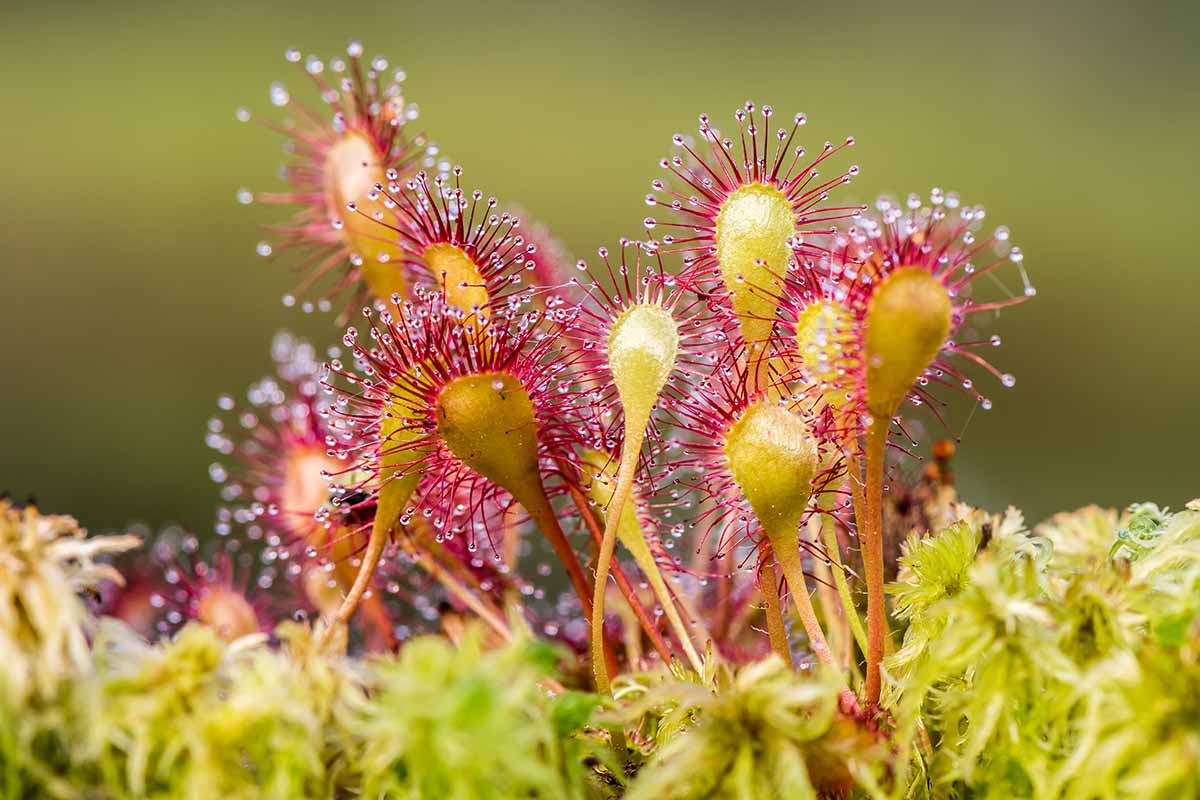
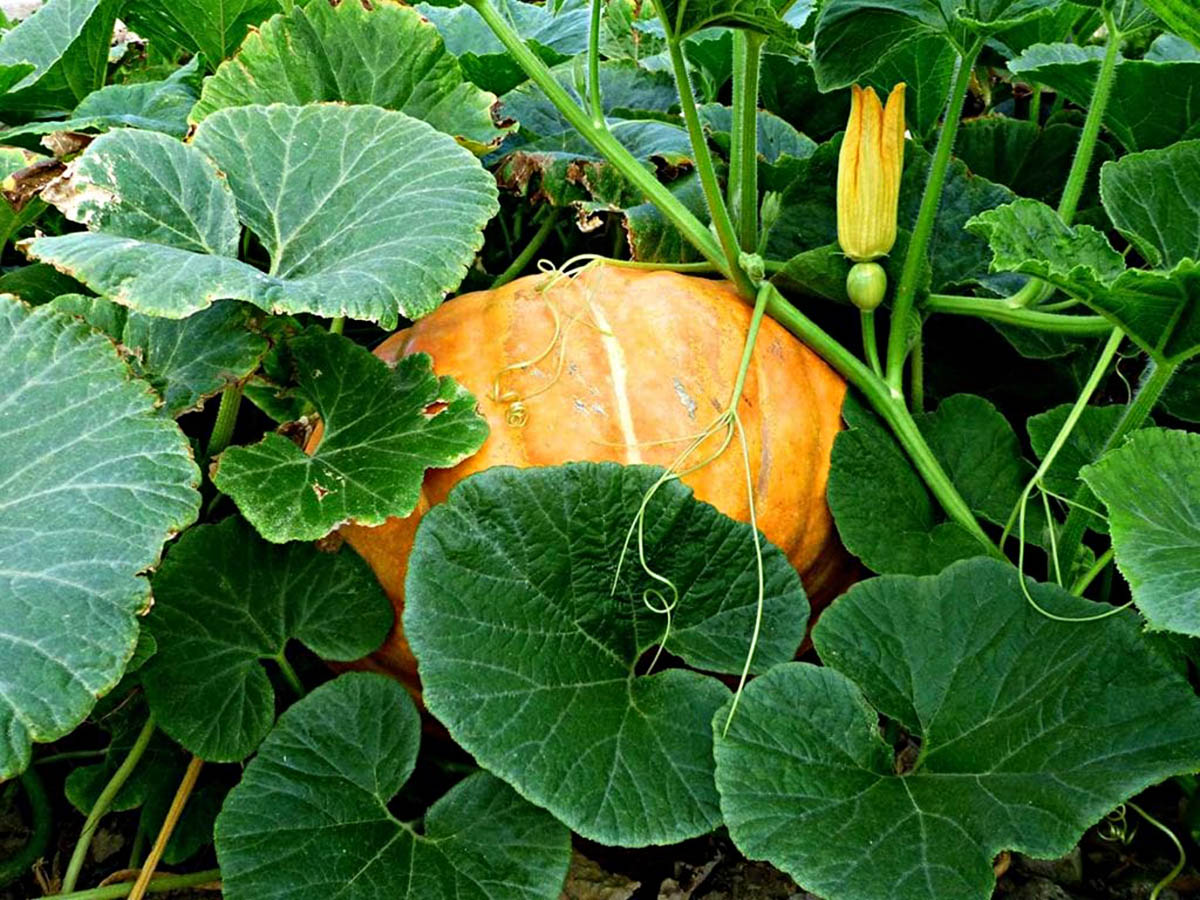
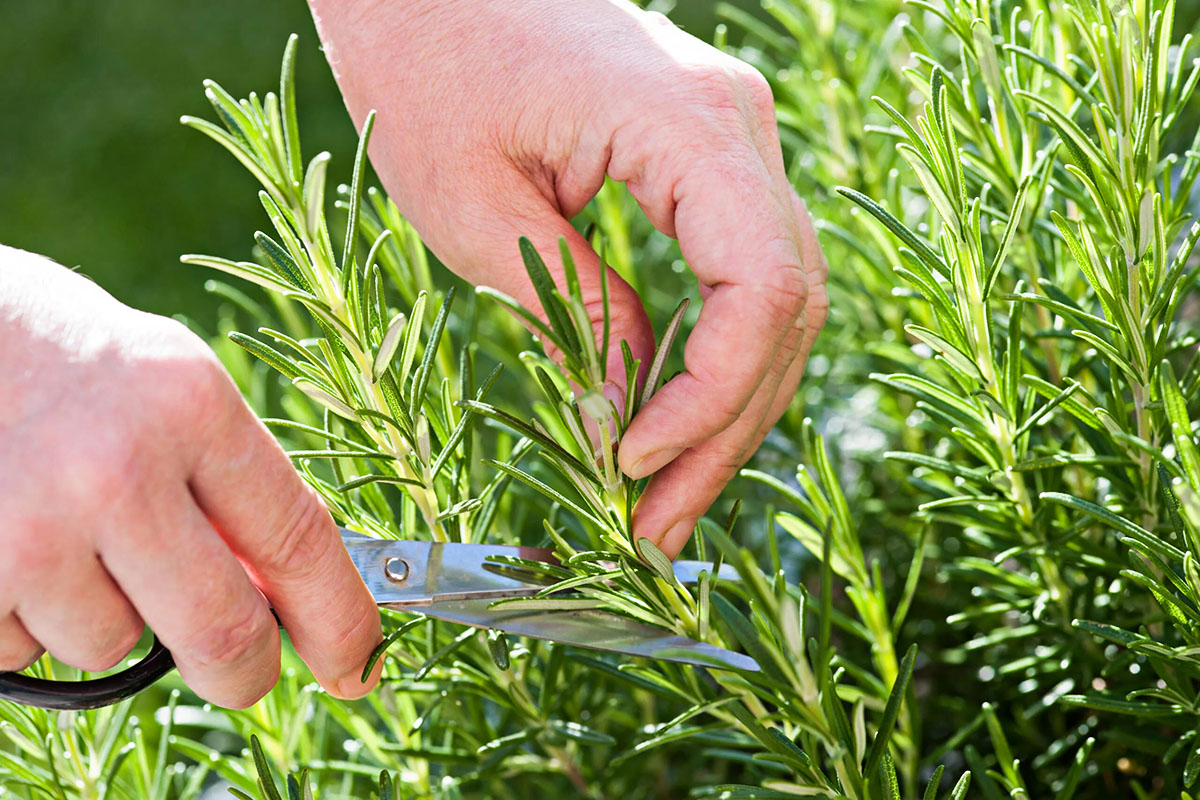
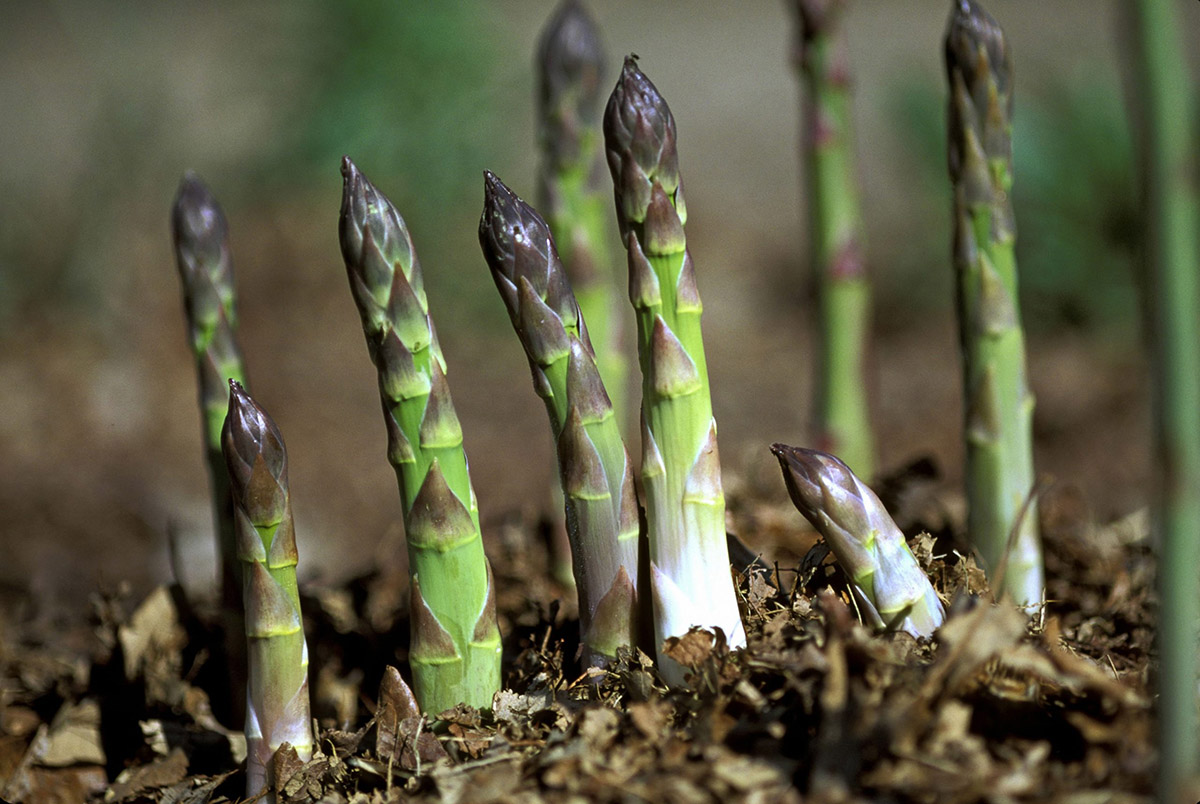
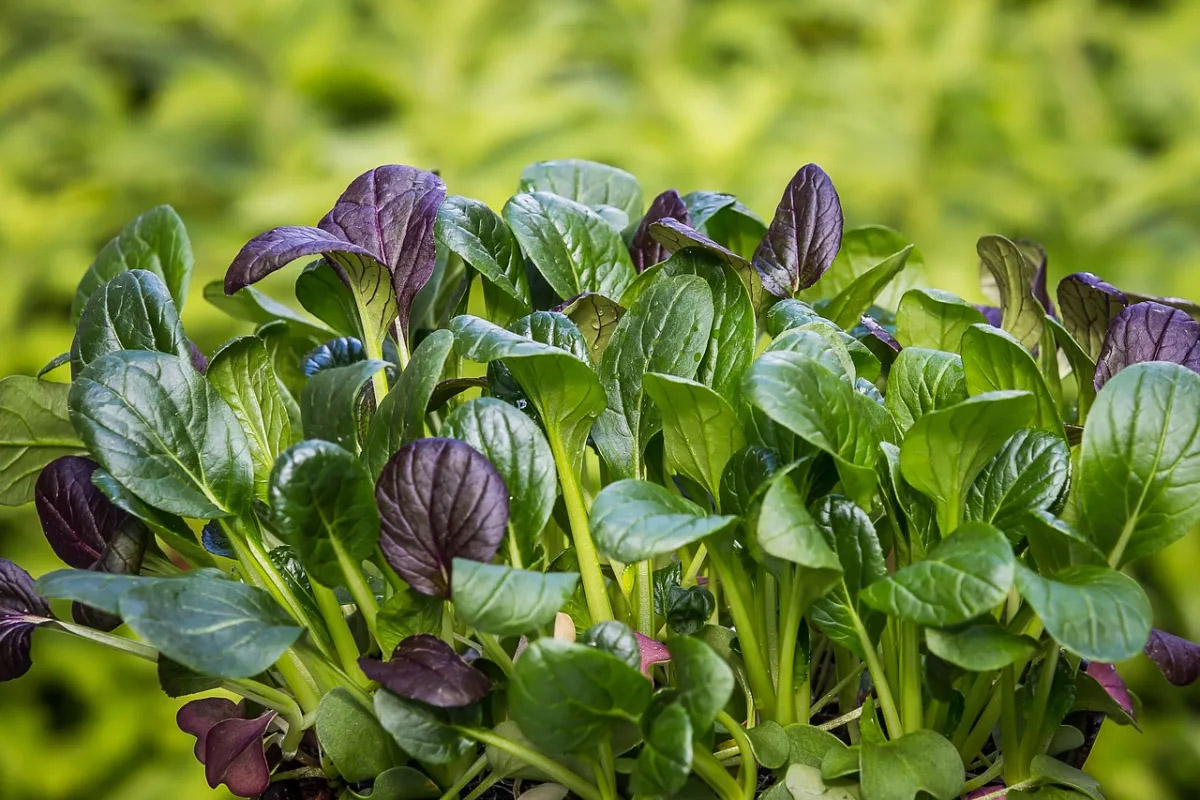
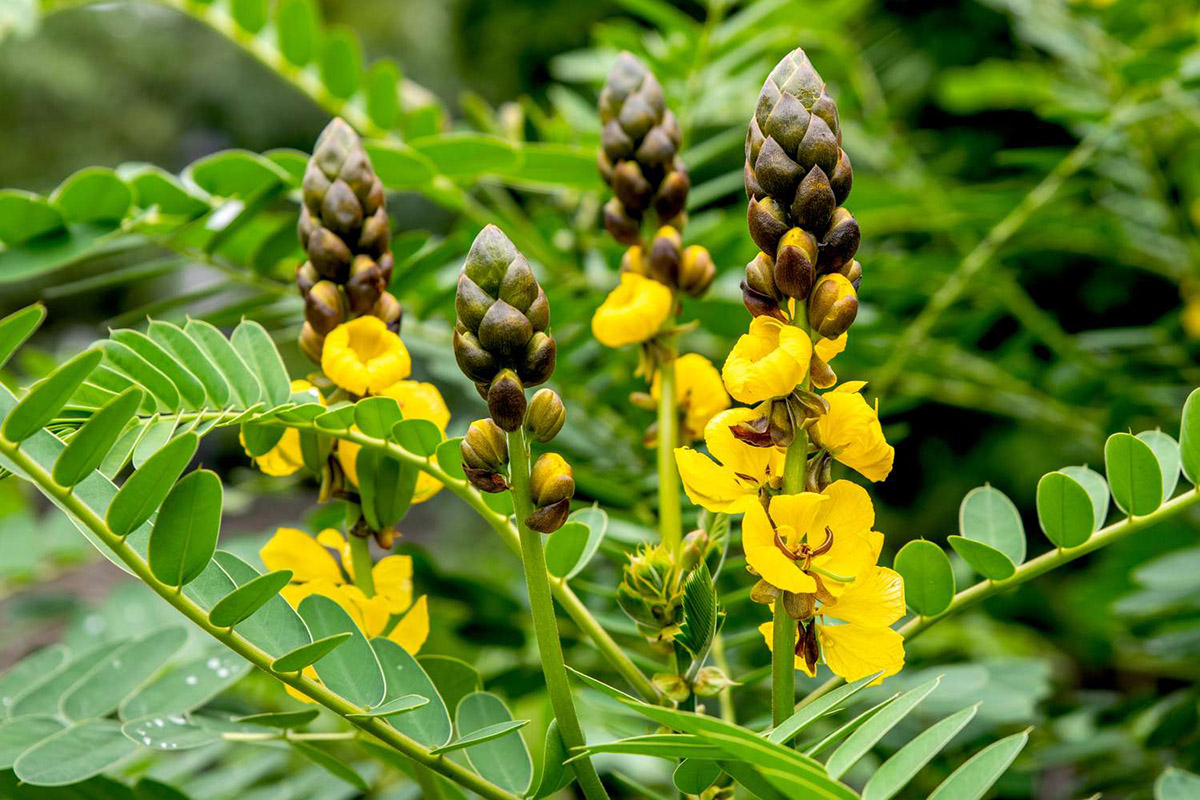
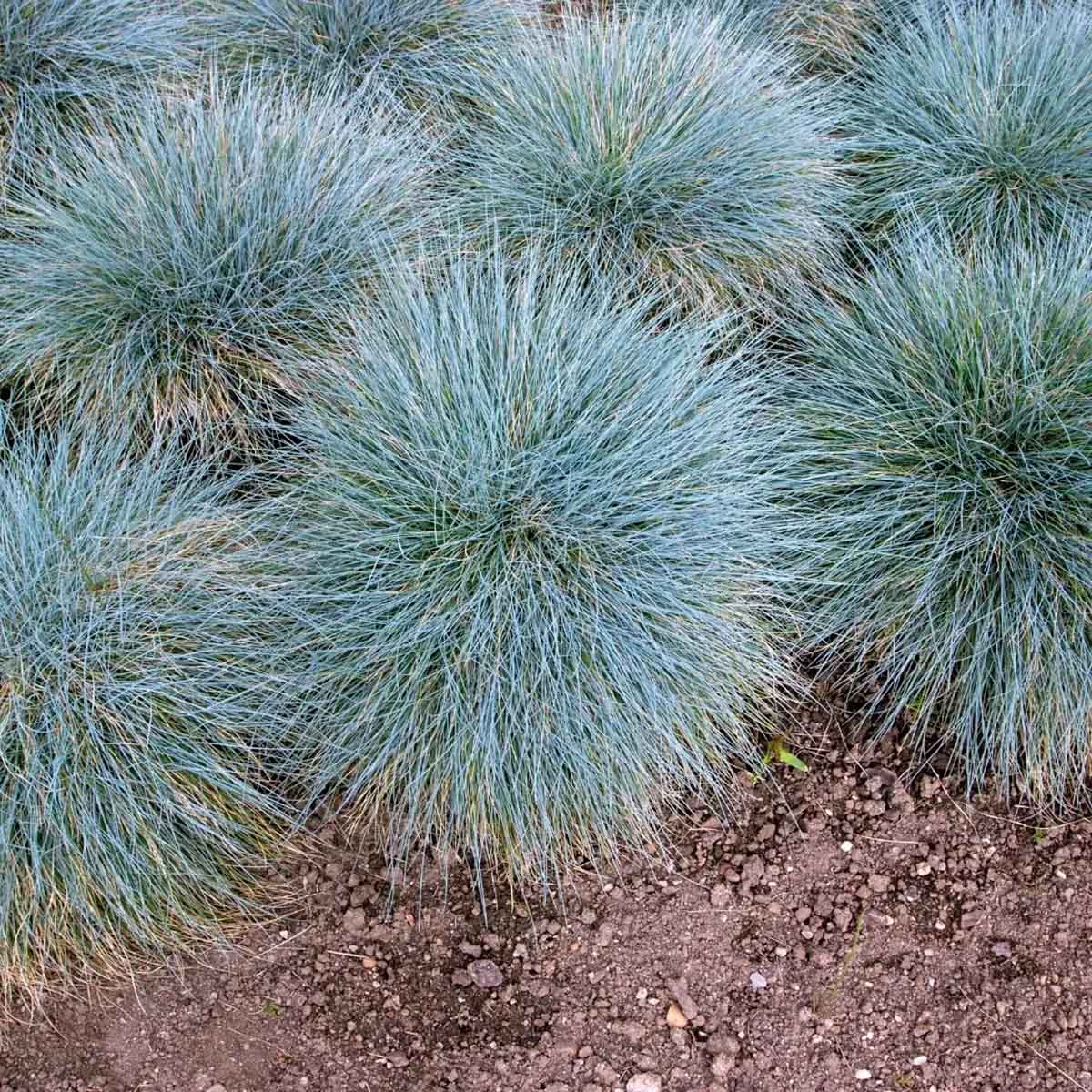
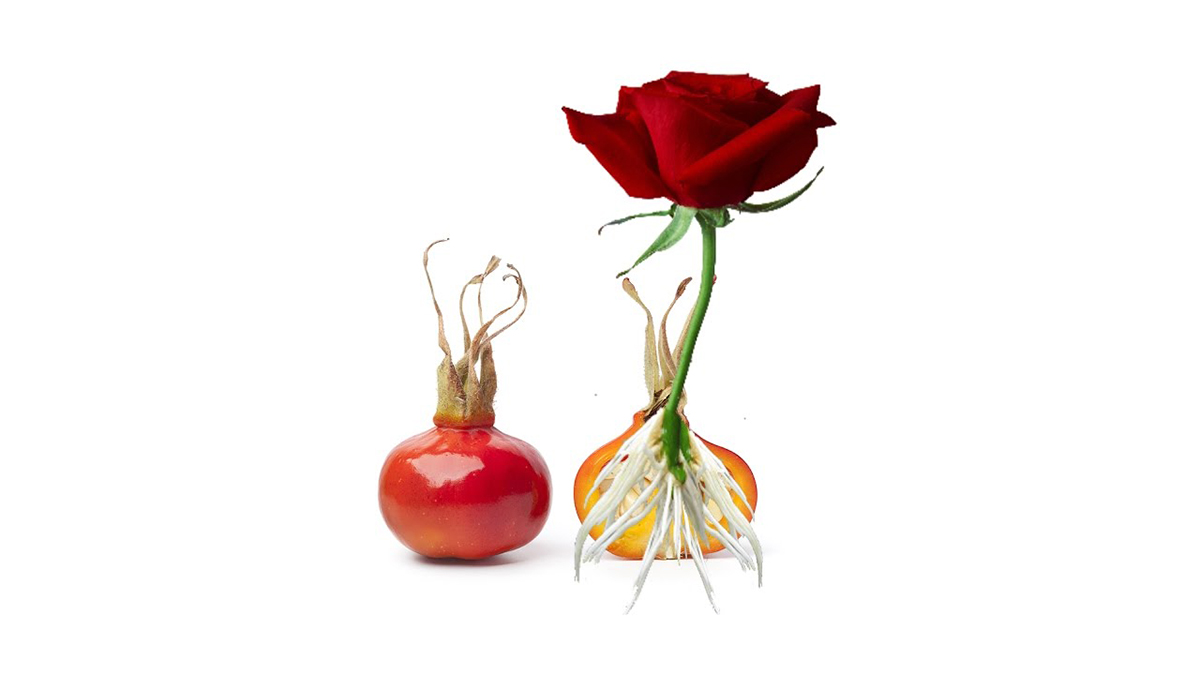
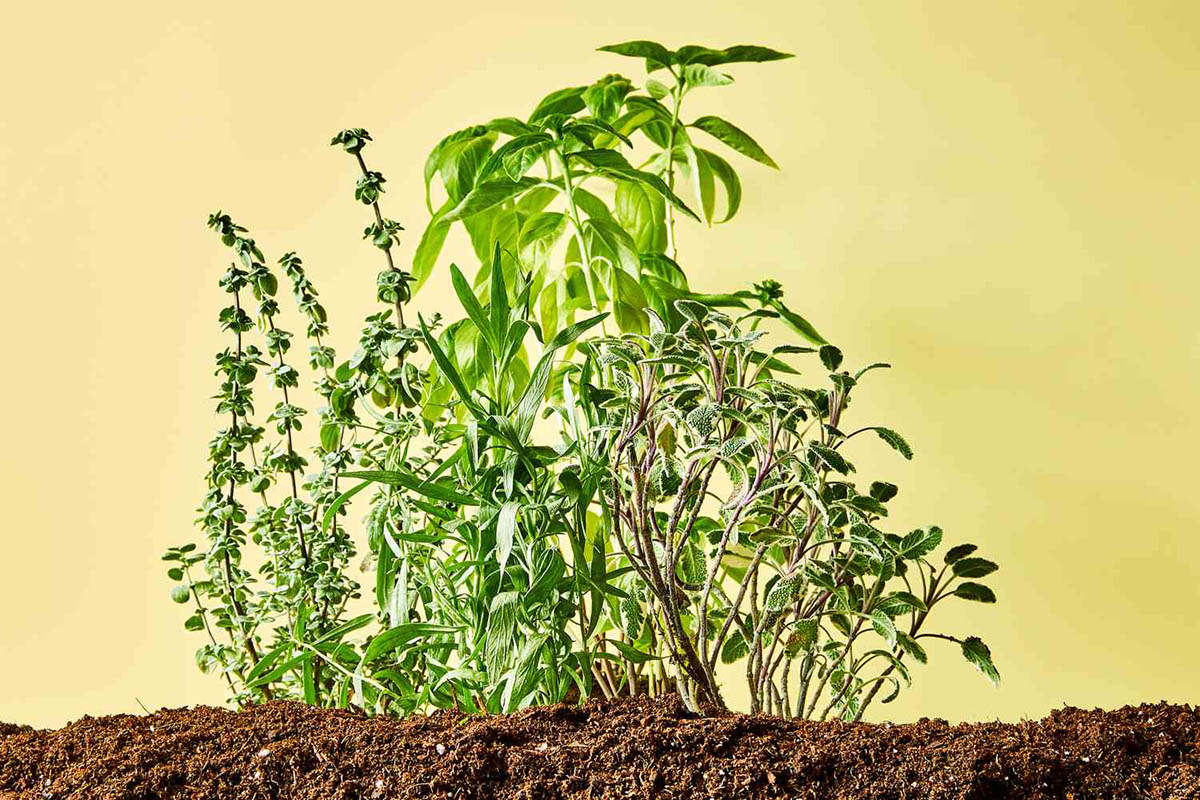

0 thoughts on “How Long Does It Take For Plumeria To Germinate”